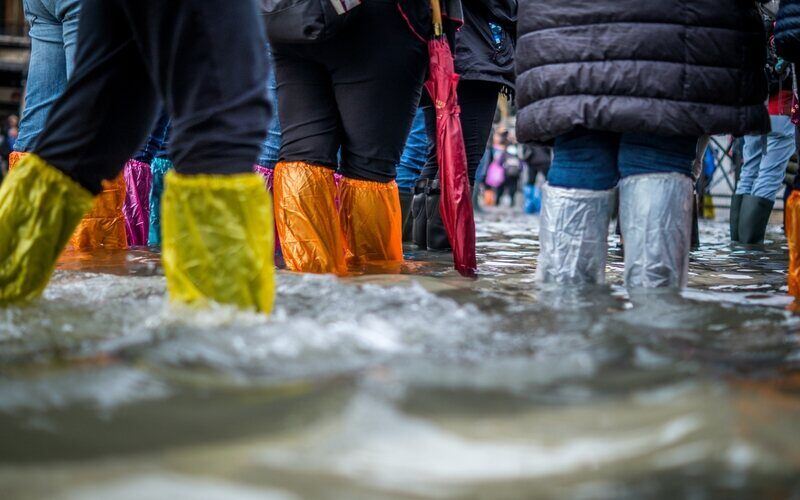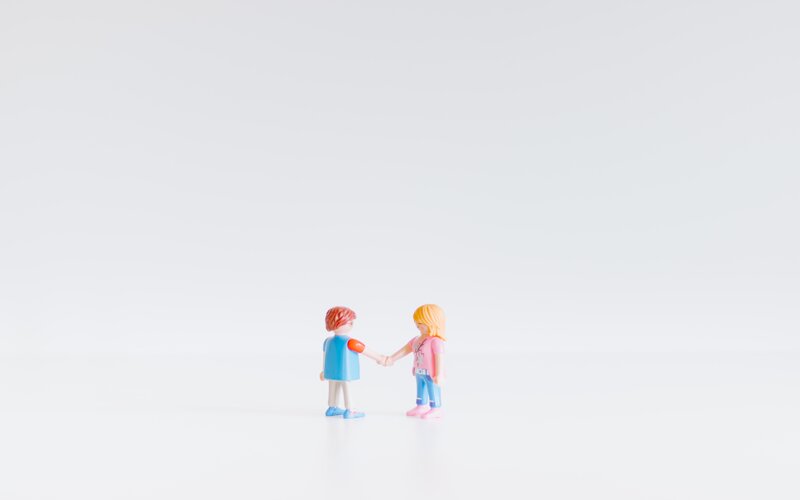The Reserve Bank (RBA) announced on Thursday it would commence quantitative easing tomorrow, as well as cutting Australia's cash rate to a new record low of 0.25%.
It's the first time ever the RBA has cut rates twice in a month or implemented quantitative easing, after the Board scheduled an emergency board meeting on Monday, with an impending recession potentially looming.
The coronavirus has battered the Australian economy, with the government attempting to stop the spread of the virus by banning overseas travel and gatherings of over 100 people, decimating tourism and retail sectors.
In a statement, RBA Governor Philip Lowe announced a target for the yield on 3-year Australian Government bonds of around 0.25%.
"This will be achieved through purchases of Government bonds in the secondary market," Dr Lowe said.
"Purchases of Government bonds and semi-government securities across the yield curve will be conducted to help achieve this target as well as to address market dislocations.
Dr Lowe said the RBA's main goal was to support the Australian economy through these unprecedented times.
"The primary response to the virus is to manage the health of the population, but other arms of policy, including monetary and fiscal policy, play an important role in reducing the economic and financial disruption resulting from the virus," he said.
"At some point, the virus will be contained and the Australian economy will recover.
"In the interim, a priority for the Reserve Bank is to support jobs, incomes and businesses, so that when the health crisis recedes, the country is well placed to recover strongly."
The RBA also announced it would provide lenders with funding of at least $90 billion if they increase funding to small and medium-sized business, in an effort to keep this sector afloat throughout the pandemic.
See if your lender is passing in this emergency cut here.
What is quantitative easing?
Quantitative easing, also known as QE, is the process by which the RBA uses its cash reserves (aka printing money) to buy government bonds.
In some cases, the RBA can also buy private bonds, but has elected to not do so in the announced program.
The best way to think about QE is the RBA spends huge quantities of cash it has created to ease monetary policy.
But we'll get into the nitty gritty to really understand the concept.
Firstly, a government bond is a relatively low-risk investment product which essentially involves investors lending money to the government for a set period of time, at a predetermined rate of return, which is referred to as the yield or a bond's interest rate.
They're considered quite low risk, as it's considered highly unlikely the government will go broke and fail to repay this debt.
So with the RBA set to buy billions of dollars worth of government bonds, the government is given a lot more cash to spend and this extra money is flushed through the economy.
The RBA's purchase also raises the price of bonds and lowers bond yields, which in turn, lowers funding costs for lenders, allowing them to cut the interest rates on home loans and business loans.
Coupled with low-interest rates, banks are better off lending money than holding onto it.
So we arrive back at the beginning: the RBA spends huge quantities of cash it has created, to ease monetary policy.
Essentially, QE should have the same effect on rates as a rate cut would, but the RBA was all out of rope on rate cuts and had to turn to QE.

Ready, Set, Buy!
Learn everything you need to know about buying property – from choosing the right property and home loan, to the purchasing process, tips to save money and more!
With bonus Q&A sheet and Crossword!



 Denise Raward
Denise Raward
 Harry O'Sullivan
Harry O'Sullivan

 Rachel Horan
Rachel Horan


